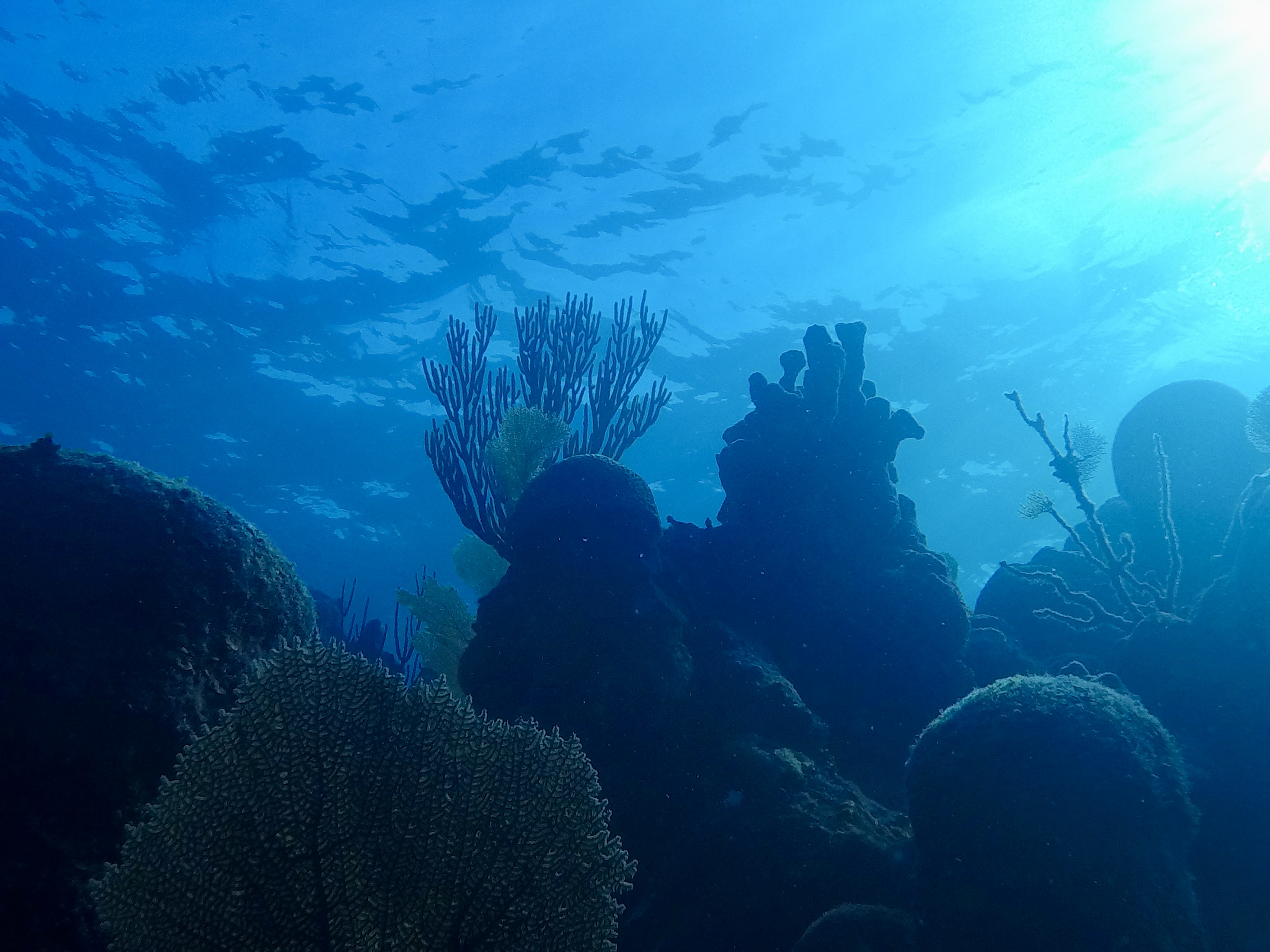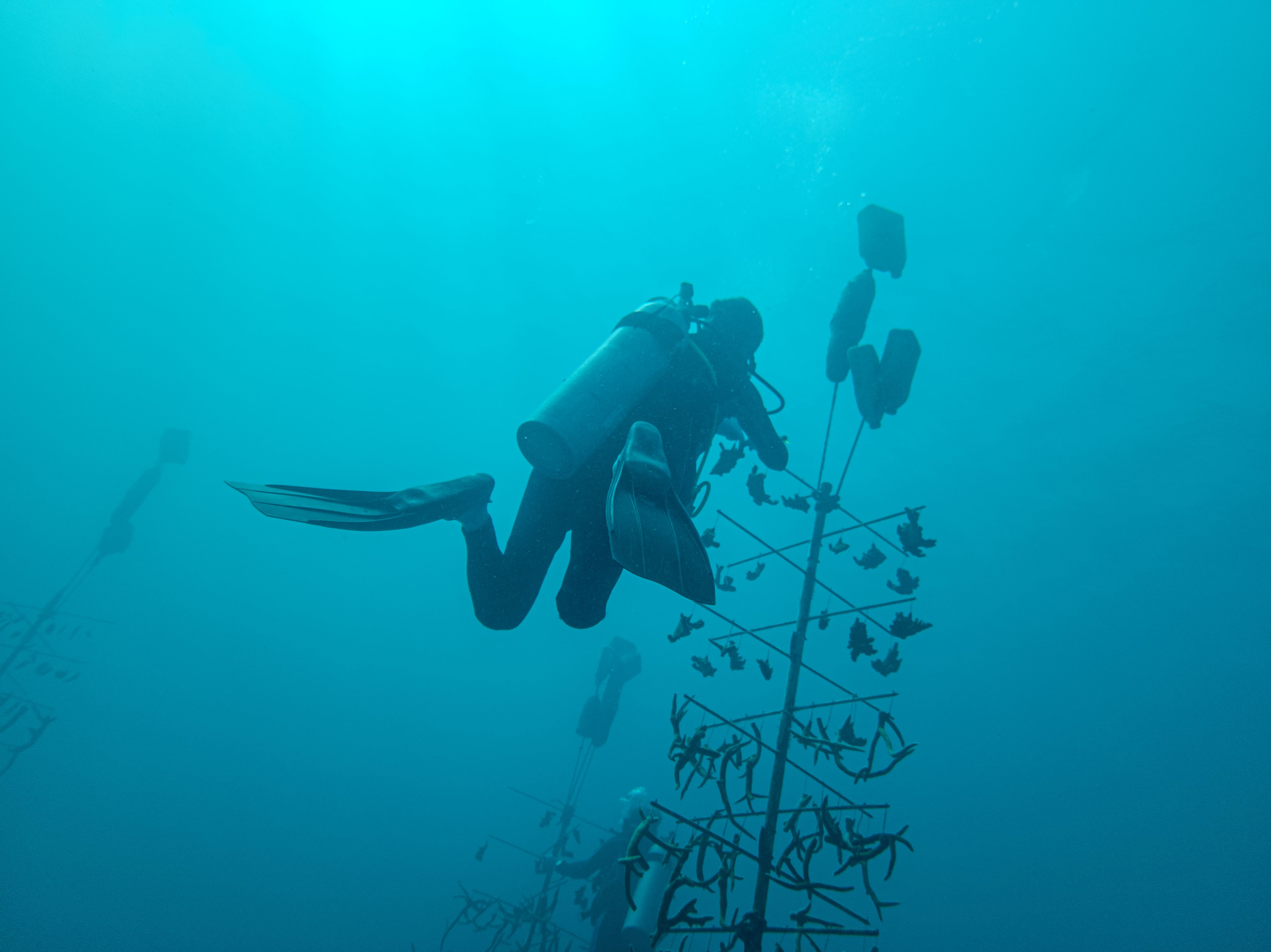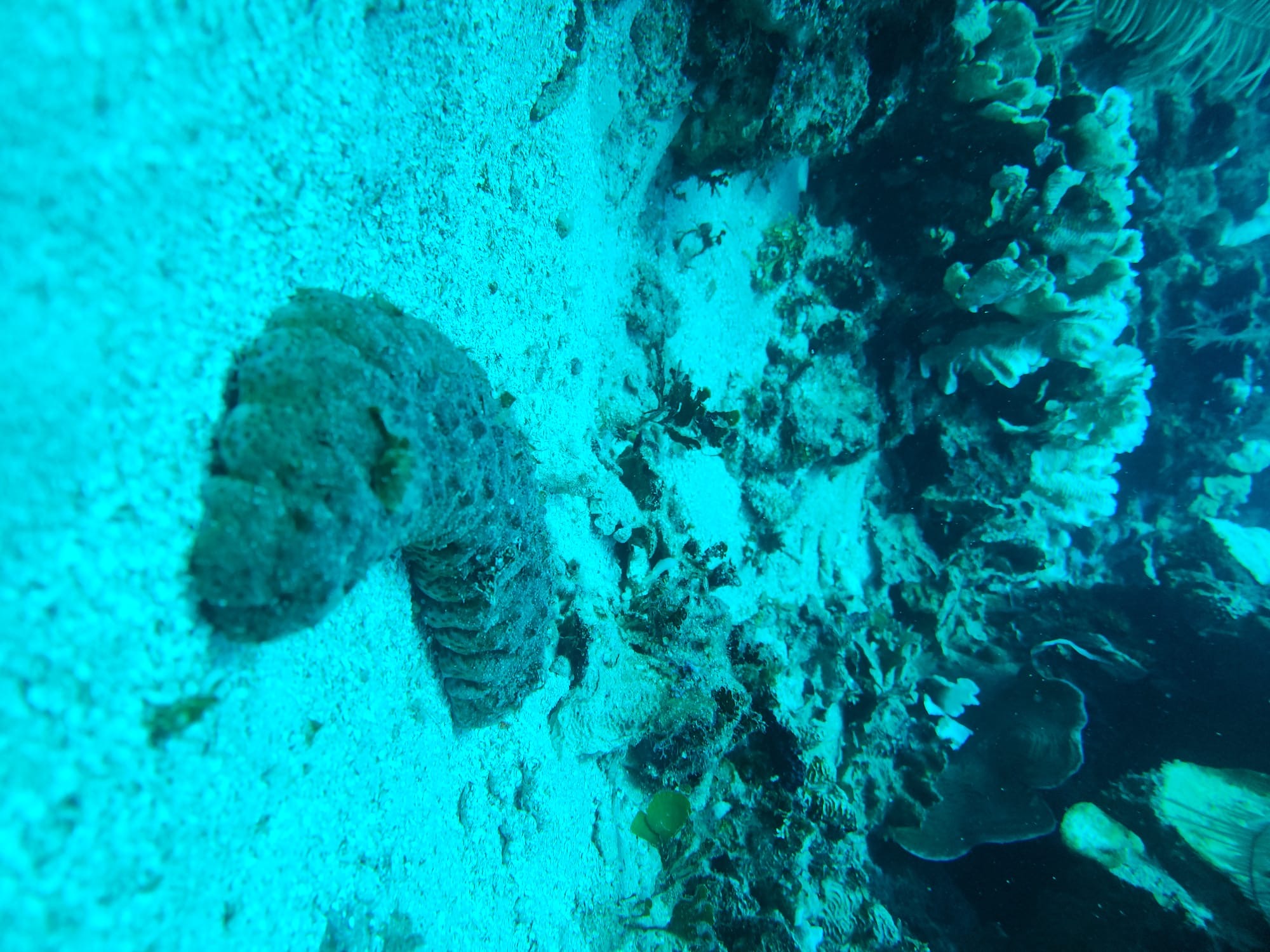A Guide to Spotting Sea Cucumbers in Caribbean Reefs While Scuba Diving
Kaden Miller - Marine Biology in Roatan
For many scuba divers, exploring the colorful underwater world of the Caribbean reefs is a dream come true. Finding a sea cucumber among the many different kinds of marine life that call these waters home might be an exciting surprise. These strange animals, which are sometimes missed in the rush of vibrant fish and coral, are essential to preserving the reef ecosystem's health. This is a quick guide to help you identify these elusive creatures when you go on underwater expeditions.
Understanding Sea Cucumbers:
Sea cucumbers belong to the class Holothuroidea and are echinoderms, relatives of starfish and sea urchins. Despite their name and cucumber-like appearance, they are not plants but rather marine animals. Found worldwide in various marine environments, sea cucumbers come in an array of shapes, sizes, and colors, ranging from elongated to almost spherical and from vibrant orange to muted brown.
Habitat and Behavior:
Caribbean reefs provide an ideal habitat for sea cucumbers, which thrive in sandy bottoms, seagrass beds, and coral reefs. These odd creatures play an important ecological role as
detritivores, feeding on decaying organic matter and helping to recycle nutrients within the ecosystem. Despite their sluggish appearance, sea cucumbers are very efficient filter feeders, using their tentacles to capture plankton and other tiny food particles.

Tips for Spotting Sea Cucumbers:
Slow and Steady Wins the Race: When diving in Caribbean reefs, take your time to explore the nooks, crannies, and crags of the underwater landscape. Sea cucumbers often blend into their surroundings, so being patient and observant is key to spotting them.
Scan the Seafloor: Sea cucumbers are primarily bottom-dwellers, so direct your gaze towards the sandy patches and rocky crevices. Look for subtle movements or unusual shapes that might indicate the presence of these creatures.
Keep an Eye on Coral Reefs: Many species of sea cucumbers are known to inhabit coral reefs, where they play a crucial role in nutrient recycling. Pay attention to the coral formations and search for sea cucumbers nestled among the coral branches or hiding in the shadows of rocks.
Look for Telltale Signs: Sea cucumbers often leave behind distinctive trails of feeding debris known as "caster," which looks like fine sand or sediment. Keep an eye out for these trails, as they may lead you straight to one.
Be Mindful of Nocturnal Activity: Some species of sea cucumbers are nocturnally active, emerging from their hiding spots under the cover of darkness to forage for food. Night dives are a great opportunity to not only observe sea cucumbers, but plenty of other amazing nocturnal marine species.
Environmental Considerations:
While observing sea cucumbers in their natural habitat, it's essential to practice responsible diving techniques to minimize disturbance to the delicate reef ecosystem. Avoid touching or harassing the sea cucumbers, as they are sensitive creatures that can easily become stressed by human interference. Take only photographs and leave only bubbles, allowing these remarkable marine animals to continue their vital role in maintaining the health of the Caribbean reefs.
Conclusion:
Spotting a sea cucumber while scuba diving in Caribbean reefs is a rewarding experience that offers insight into the intricate workings of marine ecosystems. By employing patience, observation, and environmental awareness, divers can drastically increase their chances of encountering these fascinating creatures in their natural habitat. So, whenever you find yourself exploring the mesmerizing underwater world of the Caribbean, keep your eyes peeled for the elusive sea cucumber, a true gem of the reef.

